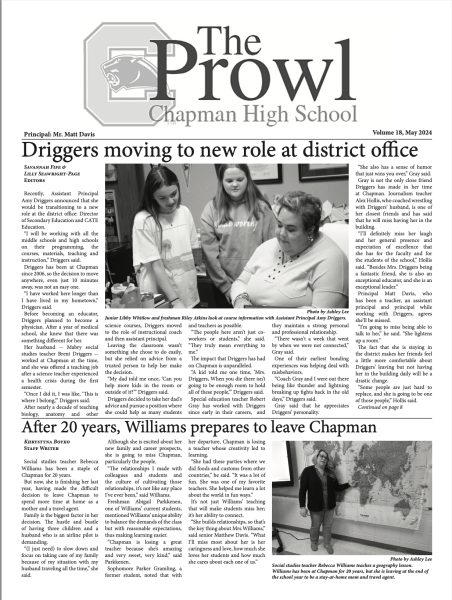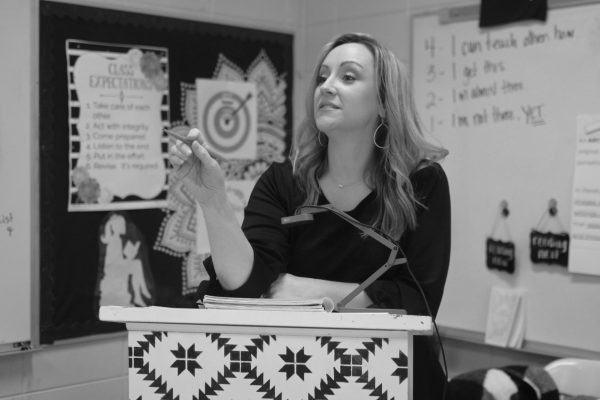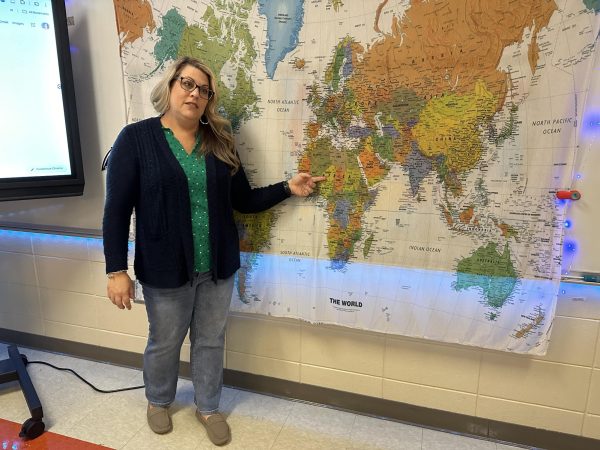Hurricane Ian leaves devastating impact on South Carolina
Hurricane season doesn’t officially come to an end until Nov 30. Hurricane Ian is labeled as a tropical cyclone, a large deadly and destructive Category Four hurricane.
Hurricane Ian made landfall in South Carolina on Sep. 30; bringing along heavy rain-fall, high winds, and severe flooding.
Millions of students across Georgia, Florida, and South Carolina, were out of school Sep. 30 due to Hurricane Ian.
District 1 schools also canceled school on Friday, and students were put on an eLearning day. An announcement was put out Thursday that read, “As always, the safety of our students and staff is our top priority.”
Gov. Henry McMaster described the storm as “very dangerous,” and also told reporters “this is not as bad as it could have been.”
McMaster also stressed the importance of residents preparing for Ian but stated he was not ordering any evacuations.
Most of the impact was felt on the coast in S.C.; piers were ripped apart and roads were severely flooded.
As the storm moved through S.C. to N.C. it downgraded from a hurricane to a post-tropical cyclone.
Right before hitting S.C., the storm re-intensified resulting in 85 MPH winds. The National Hurricane Center reported that the storm was bringing “life-threatening” flooding and storm surge.
This is estimated to be one of the costliest hurricanes to hit the U.S. Hurricane Ian left 123 dead and 2 million people without power in Florida. Some are calling Ian, the “500-year flood event”.
Although when Ian hit S.C., it was only a Category One hurricane it brought along a storm surge that was described as, “beyond what most people anticipated.”
The White House released a statement and spoke with Gov. Henry McMaster on Sep 30. Pres. Joe Biden said his administration, “is here to provide whatever assistance the people of South Carolina need.”
Your donation will support the student journalists of Chapman High School. Your contribution will allow us to purchase equipment and cover our annual website hosting costs.









